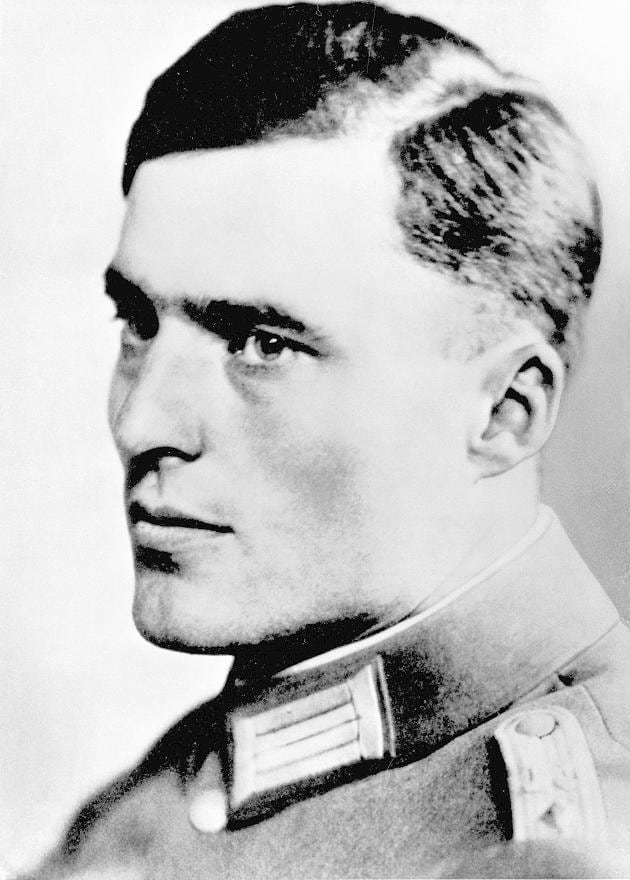20.7. 1944 Assassination of Hitler
Categories: Personalities , Second World War , Calendar
 The main actor in the assassination was Colonel Claus Schenk Graf von Stauffenberg. Together with him, other opponents from the army also planned the coup. They were moved to action after the Normandy landings in June 1944.
The main actor in the assassination was Colonel Claus Schenk Graf von Stauffenberg. Together with him, other opponents from the army also planned the coup. They were moved to action after the Normandy landings in June 1944.
The plan, called Valkyrie, envisaged that the conspirators would take over Berlin and other strategic locations, arresting leading members of the SS and NSDAP. But the plan failed. Stauffenberg was to try to kill Hitler for the first time on 11 and 15 July.
Even then, he was dragging a briefcase containing explosives to a meeting with the Führer in the Wolf Fortress. No wonder Stauffenberg was extremely nervous, his psyche must have been under enormous strain. Apparently he had managed to prepare the explosive for the first of the three meetings, but eventually he relented. He wanted to eliminate Himmler and Göring at the same time.
And so he did not "detonate" the explosive until 20 July. In his briefcase, Stauffenberg had all the necessary documents for the meeting. And the other was carried by Lieutenant Haeften. It contained explosives, two bombs, each weighing about one kilogram. "After the briefing, Stauffenberg wanted to change his shirt because it was hot in the main tent. He went first to the bathroom and then to the bedroom, where Haeften followed him and closed the door," Emil Hruška describes in his book Briefcases in History.
The second bomb, however, failed to activate, and they had to operate with only one. When Stauffenberg entered the room, the meeting was already underway. General Heusinger had just spoken about the situation on the Eastern Front. Hitler greeted Stauffenberg. "A moment after his arrival, Stauffenberg stood up and discreetly left the room. It looked like he was just taking a leak. He left his cap and belt in place," writes Hruška.
Between 12.40 and 12.50 an explosion occurred. About thirty seconds after it, Stauffenberg and Haeften drive past and from a distance of about 70 metres see a picture of destruction from which only one thing can be deduced: Hitler could not have survived! There are wounded and dead in the destroyed room. At the moment of the explosion, Hitler was leaning on his elbow on the table. His elbow was bumped, his eardrums were ruptured, and he suffered minor burns and abrasions, but he survived.
The assassination attempt by Stauffenberg and co. failed. He was executed the same night in Berlin. A firing squad shot him and three other conspirators in the courtyard of the vast Wehrmacht headquarters building known as them Bendlerblock, which housed the headquarters of the Reserve Army, of which Stauffenberg was chief of staff.
Most of the other participants in the conspiracy were soon arrested and executed, and some committed suicide. Another conspirator, Ewald-Heinrich von Kleist, then a twenty-two-year-old lieutenant with front-line experience, managed to escape in a strange way. On 20 July 1944, Kleist was at the core of the conspirators in Bendlerblock. "He then faced a military tribunal, but it acquitted him, allegedly for lack of evidence," write Emil Hruska and Jacqueline Gies in their book The Right Hand of K. H. Frank: SS-Standartenführer Robert Gies in the Protectorate.
Sources
. H. Frank: SS-Standartenführer Robert Gies in the Protectorate
www.wikipedia.org
www.fokus.de
The article is included in categories: